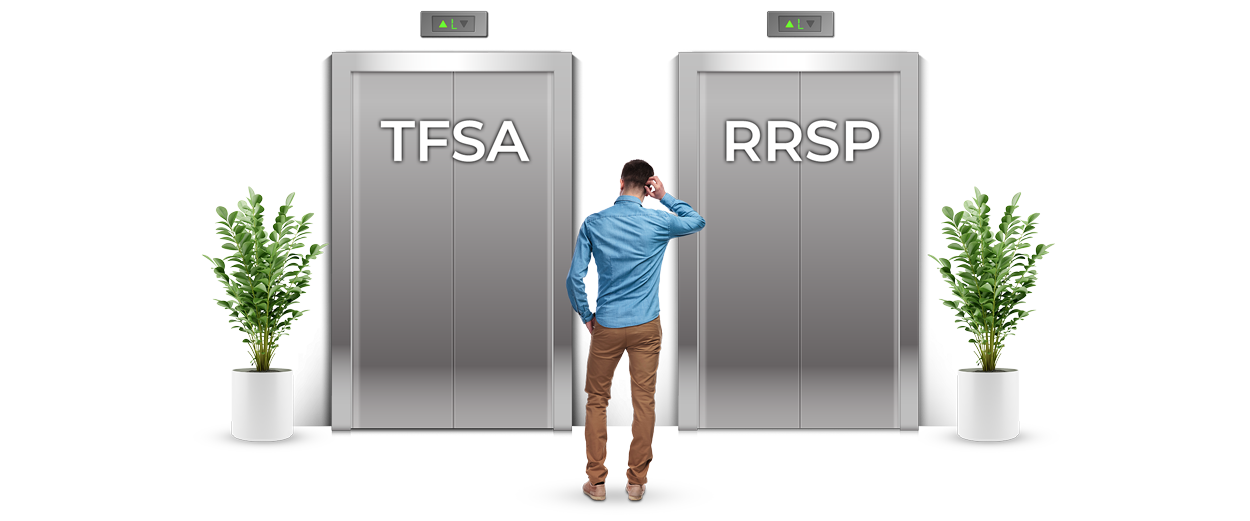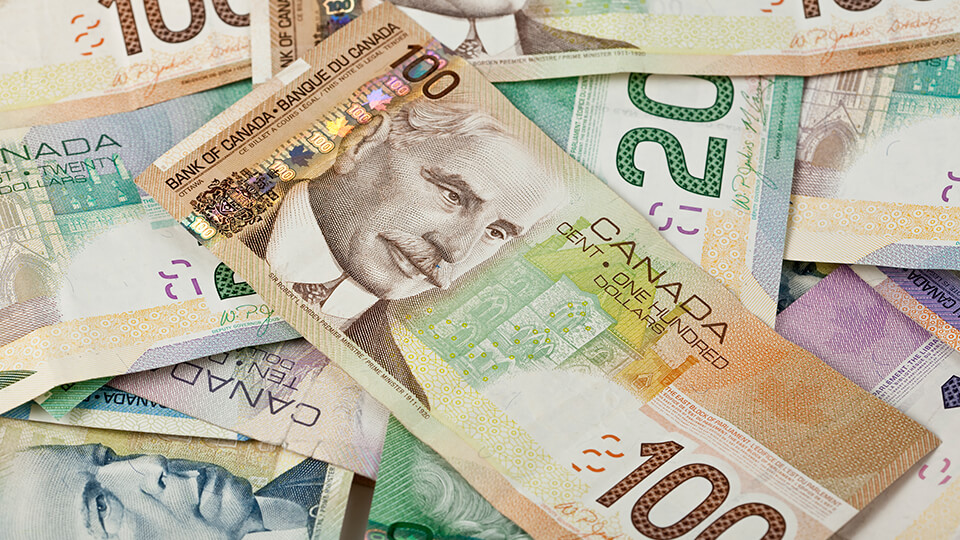Where should you invest your money?
Do you ever wonder what the difference between a Tax Free Savings Account (TFSA) and a Registered Retirement Savings Plan (RRSP) is? Where should you invest your dollars?
Consider the Variables

Unfortunately, there is no easy answer; there are several variables to consider. A Wealth Advisor can help you make your decision.
Ask yourself the question why am I saving? If you are saving for retirement and need a tax break, then invest in the RRSP. The contribution limit is higher, as it is 18% of the previous year’s income up to a maximum of $32,490 for 2024. Whereas the 2024 TFSA contribution limit is $7,000. If the goal is to purchase a new vehicle, use a TFSA as there will be no tax withheld upon withdrawal.
The Case for Tax Free Savings Accounts
TFSAs are perfect for emergency funds; if something unexpected happens you can withdraw the money quickly, without tax implications.
If you are over 71, a TFSA is your only choice. All RRSPs must be terminated, either by cashing out or converting to an income stream by the end of the year you turn 71. If you are under 18 and you have earned income say from a summer job, the only option you have is a RRSP. A TFSA cannot be opened before your 18th birthday.
Anyone with a pension plan should probably opt for a TFSA. Withdrawals from a RRSP or Registered Retirement Income Fund (RRIF), add to your pension income. Along with Old Age Security (OAS) and Canada Pension Plan (CPP), this could push you into a higher tax bracket, resulting in some or all of your OAS benefits being clawed back. TFSA withdrawals are not considered income so they will have no impact on the OAS claw back.
Registered Retirement Savings Plans
If your retirement income will be lower than your working income, purchase the RRSP. For example, if your marginal tax rate is 35%, for every $1000 you contributed to a RRSP, the government gives you a $350 tax refund. The net cost is $650.
Let’s assume in retirement your marginal tax rate falls to 25% for every $1000 withdrawn from the RRSP. Your tax will be $250, netting $750. That’s a good deal from a tax perspective. If your income will be higher in retirement purchase the TFSA. Contributions will be made with after-tax dollars, when the marginal tax rate is 35%. Later when your tax rate is 40%, the TFSA withdrawal is going to look pretty attractive.
Innovation Wealth Can Help
Both TFSA and RRSP products can help you reach your financial goals while paying less in taxes. Talk to a Wealth Advisor today to guide you through your options.
Mutual funds and other securities are offered through Aviso Wealth, a division of Aviso Financial Inc.



